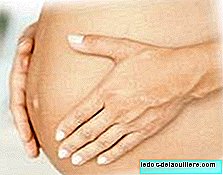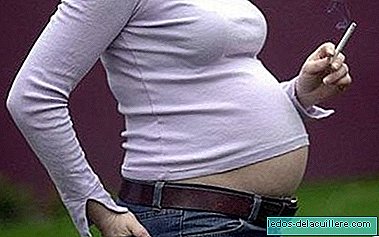
It is common to see that in multiple births women end up having a caesarean section (or at least more common than when a single baby is born), which is done in some cases, simply, for safety.
This custom, however, is contrary to what is recommended given the scientific evidence, which reconfirms, following a recent review of various studies, that when there are twins, vaginal delivery is safer for them than caesarean section.
This review has been carried out at the San Giacomo de Monopoli Hospital in Bari, Italy, and to do so 18 studies have been reviewed, obtaining a sample of 39,000 pairs of twins.
The results show that the neonatal morbidity in the first twin (the one born before) was lower when the birth was vaginal, 1.1 percent, than when it was caesarean section, which reached 2.1 percent. For the second twin it was observed that when the birth was combined (the first was born vaginally and the second by caesarean section), the morbidity was 19.8 percent, much higher than when the birth was vaginal in both (9 percent ) or if both were born by caesarean section (7.2 percent).
In the words of Dr. A. Cristina Rossi, one of the authors of the review:
In the absence of more definitive data, our review suggests that vaginal delivery should be attempted in twin pregnancies. As for the second baby, we found no differences between cesarean and vaginal delivery. Therefore, when both twins show up at the apex, vaginal delivery can be attempted.
Another conclusion is also drawn from the data obtained: the second baby is more prone to complications. This is confirmed with the following data: the neonatal morbidity was lower in the first twin than in the second (3% the first versus 4.6% the second) and if we talk about mortality the data speak for themselves, 0.35% versus 0.6% (almost double).












